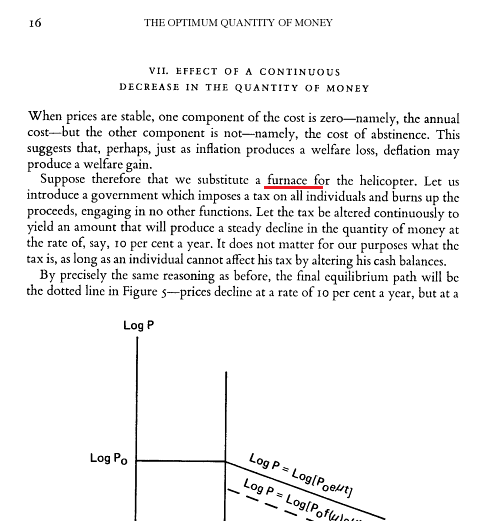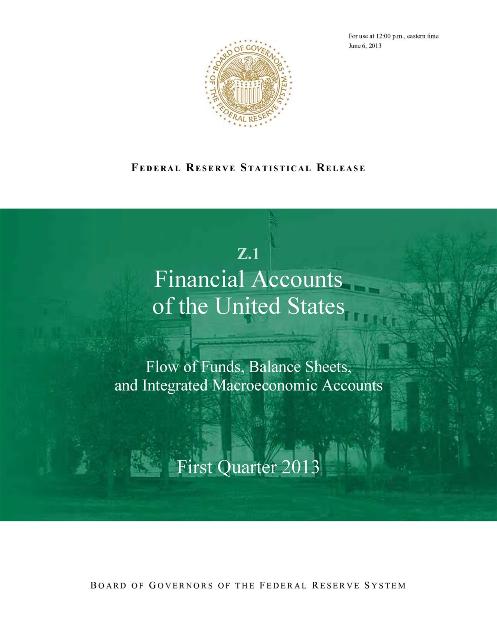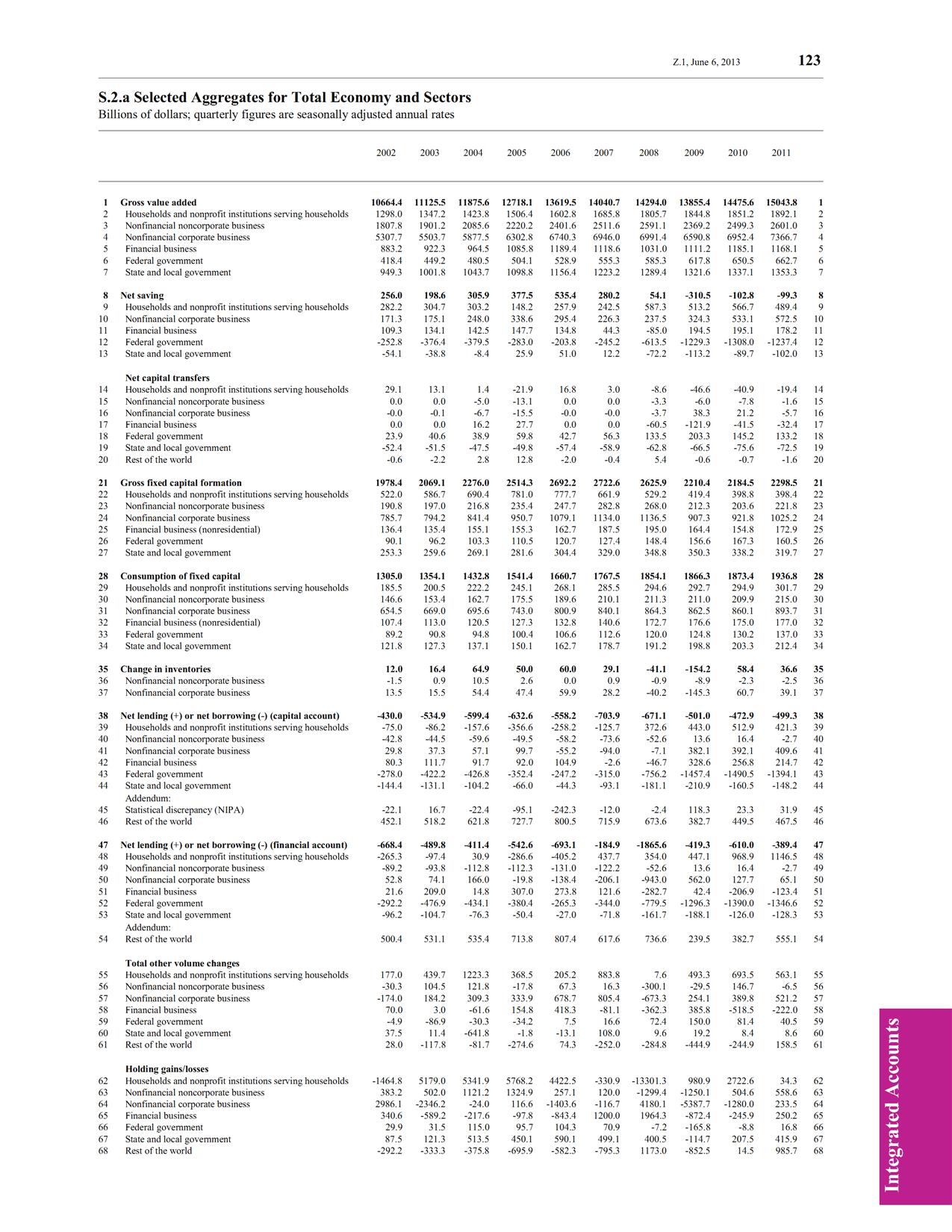So I happened to get a reply from Joe Firestone on my reply to his blog post.
I don’t have too much patience for going back and forth but a few points stand out.
I created a situation in which the current account balance of payments is at 4% of GDP, private sector balance is at 2% of GDP and the government budget balance at 2% surplus.
Joe Firestone thinks it is necessarily a contraction. Here is quoting him:
Ram, in the situation you’ve described, the Government is running a surplus of 2%, so it’s destroying net financial assets that would otherwise be flowing to the private sector if it had a smaller surplus, a balanced budget or a deficit. The budget surplus isn’t high enough, given the size of the trade surplus, for the Government to be causing a negative accumulation of NFAs in the private sector; but that doesn’t mean that the Government’s fiscal policy can be called “expansionary.” In fact, it’s contractionary relative to even a balanced budget, much less a deficit.
[boldening: mine]
First Firestone confuses “private sector”. According to him the private sector has a negative net accumulation of financial assets! (when given it has +2%!).
Second he fails to understand that the budget deficit is an endogenous variable – he has been conditioned to think that a surplus budget is necessarily contractionary. He cannot see that in the given situation fiscal policy can be expansionary. Firestone seems to compare it with a situation in which the budget would have been in deficit or surplus. Actually he should be comparing it with the previous periods. Moreover, even if compared to a situation where the budget could have been in balance or in deficit (future scenario) it doesn’t mean 2% surplus is more contractionary. All that matters is how the private sector responds to the expansion. A fast expansion can improve private sector expectations about the future and they may respond by higher production than the case if the government indicated a weaker expansion. [update: a fast rise in production due to a faster expansion – meaning a combination of higher expenditure and/or tax rate cuts may bring the budget into surplus because of higher total taxes resulting from higher national income, as compared to a less expansionary policy]. Plus there are other things such as deregulation, monetary policy etc. You cannot conclude 2% surplus is more contractionary than a balanced budget.
But more generally to the basic point, he concedes that net HPM creation is not NAFA even though this was an important point in his post.
So he says;
Ram:
Net HPM creation is not equal to private sector NAFA.
Again, I didn’t say or imply that it is. if you think I have, then please quote me.
Here is from his original post:
High-powered money includes cash money and reserves emanating from the Government, including the Federal Reserve. If there’s no deficit spending the Government is destroying as much money through taxation as it is spending/creating. And so, it is not doing any net high powered money creation.
He uses the example of a balanced budget to show that balanced budget does not do “net high power money creation” – as if a deficit does net high powered money creation.
Fact is even if the government is in deficit, the HPM created due to expenditure minus taxes is offset by bond issuance. So even a deficit doesn’t directly do any net high power money creation.
Now, imagine a closed economy situation with 10% reserve requirement instead of 0%. Also assume the private expenditure is rising relative to private income and the private sector is in near zero balance. This leads to higher domestic demand and higher bank borrowing. Banks will need more reserves due to higher borrowing to satisfy higher reserve requirements. In such a situation the central bank would provide HPM to banks but the government budget is balanced as a mirror image of the private sector balance.
So we have a situation in with a balanced budget and net HPM creation!!!
But some souls are forever confused!
Once again, fiscal policy is highly important and the most important thing driving real demand generally speaking but no overkills please.
Update:
There is the question – what is net high power money creation.
First, since the government’s expenditure, taxation and bond issuance and actions of the central bank lead to creation/destruction of HPM, net can simply mean the flow of high powered money or ΔHPM in any period of accounting. Here deficit is not needed for ΔHPM to be positive.
Second, Joe Firestone perhaps is thinking of non-borrowed reserves. Again, even in this situation, a deficit is not needed for non-borrowed reserves to be positive. Let us say in one period, the government’s budget balance is zero and banks require more reserves. In this case, the central bank can create HPM by outright purchases of government bonds, so again balanced budget doesn’t imply zero increase in nonborrowed reserves in any one period.
There is always a third possibility but then what is it?



